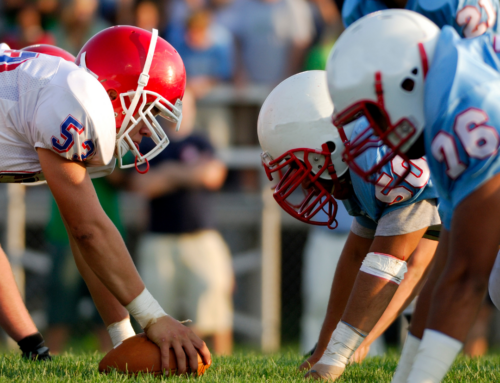
People say, “with age comes wisdom.” Unfortunately along with wisdom, also comes with a laundry list of health issues. After time, our bones lose their mineral content and become very weak. This condition is most often known as osteoporosis. Due to this process, fractures become more frequent. The most common cause of geriatric fractures is falling or tripping. As age increases, individuals are more at risk of falling since the body’s reflexes and reaction time ultimately slow down. Our overall balance is also affected since it is directly linked to to the body’s muscle mass. As we get older, our muscle mass begins to lessen and this phenomenon causes balance issues.
50% of women over the age of 50 will suffer from a broken bone and 25% of men are likely to have a broken bone in their lifetime. Since our bone density decreases over time, our frame cannot withstand as much trauma or pressure as it used to and our bones have a harder time healing and reforming. The most common bones that senior citizens tend to break are the pelvis, hip, femur, vertebrae, humerus, hand, forearm, leg and ankle. Most breaks can be helped with a cast, but a few patients will occasionally need to undergo surgery, requiring intensive monitoring. Besides the onset of osteoporosis, the muscles that cushion the skeletal structure also thin over time. The best example takes place in the hip area where most of the bones are covered in body fat and muscle.
The healing process is always helped along by physical therapy, whether surgery is
involved or not. Every bone is different, so each fracture and situation is always unique. Physical therapy is the best way to heal after comparable trauma since- after age 50- fractures are harder to come back from. Orthopedic rehabilitation is often required after such an event by the physician treating the patient.






